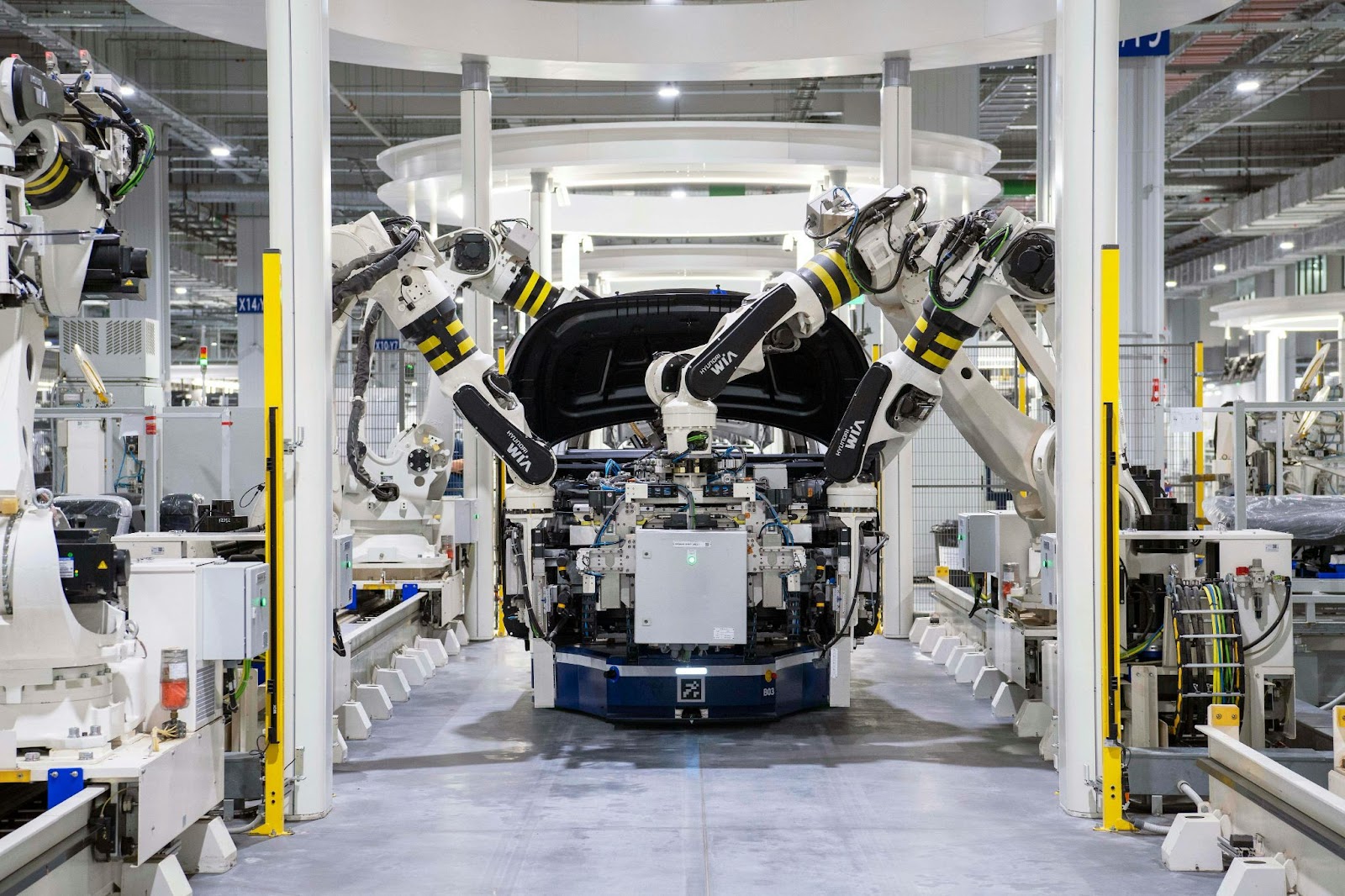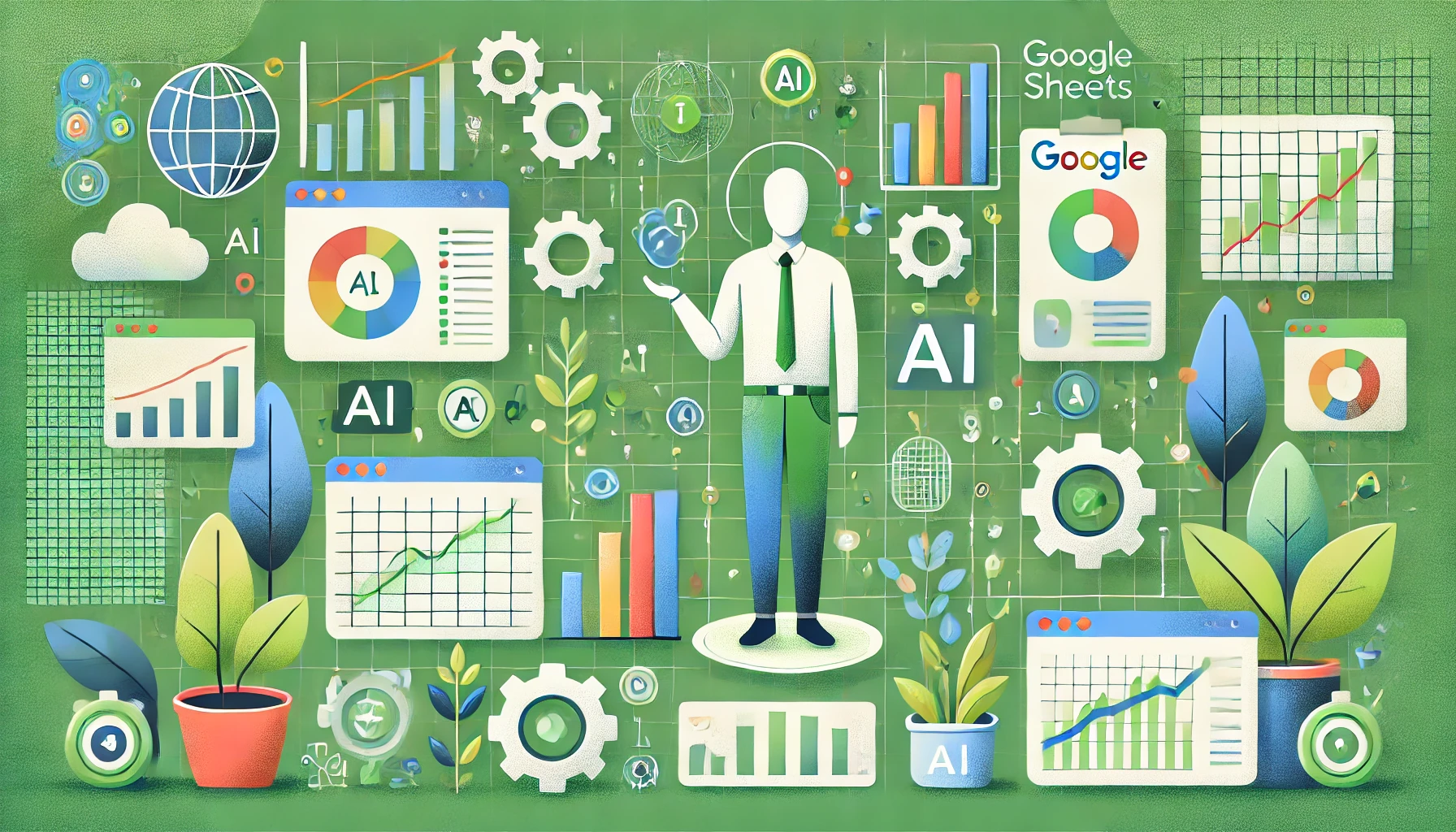Staying competitive requires more than just hard work. It demands smarter solutions. In 2023, artificial intelligence (AI) transformed the way businesses operate. AI has revolutionized business operations through streamlined workflows.
Artificial intelligence automates tasks, improves decision-making, and enhances overall efficiency. Integrating AI into your business software is a strategic move to supercharge productivity and unlock untapped potential.
From streamlining workflows to providing actionable insights, AI-powered tools help businesses reduce manual effort, minimize errors, and optimize resource allocation. Whether you are managing sales, marketing, HR, or operations, AI integration can revolutionize processes and drive better outcomes.
In this post, we will explore how businesses can seamlessly integrate AI into their existing software, highlight key benefits, and showcase real-world examples of success. Get ready to discover how AI can help your business thrive in an increasingly digital world.

Why integrate AI into business software?
Artificial intelligence integration in business software refers to embedding AI technologies into existing tools to enhance workflows. AI enables software to analyze data, learn patterns, and make decisions with minimal human intervention, transforming the way businesses operate.
AI adoption has jumped to 72% in 2023, and companies are now using AI in more parts of the business. Common AI technologies include:
- Machine learning, which allows systems to improve performance over time.
- Natural language processing (NLP) for understanding and generating human language.
- Predictive analytics, which forecasts trends based on historical data.
These technologies work seamlessly within business software, turning static tools into dynamic, intelligent systems.
AI can be integrated into various types of software through the free OpenAI GPT API key. This includes platforms such as Customer Relationship Management (CRM) tools to automate lead scoring, project management platforms for smart scheduling, and HR systems to streamline recruitment processes. Marketing software benefits from AI-driven audience targeting, while analytics tools use AI to provide actionable insights.
The goal of AI integration is to enable businesses to make faster, data-driven decisions. By leveraging AI, companies can optimize workflows, boost productivity, and gain a competitive edge. Understanding this integration is the first step toward harnessing AI’s full potential for business growth.
Key Benefits of AI-Powered Business Software
Integrating AI into business software unlocks numerous benefits that drive efficiency, accuracy, and growth. Among organizations surveyed, a significant 42% identified benefits including efficiency, productivity, and cost reduction.
- Enhanced Automation: AI automates repetitive and time-consuming tasks, such as data entry, scheduling, and email responses. This frees up employees to focus on strategic, high-value work, improving productivity across teams.
- Improved Decision-Making: AI-powered tools analyze large datasets quickly and accurately, providing actionable insights for better decision-making. Predictive analytics helps businesses anticipate trends, identify risks, and make informed choices.
- Personalized Customer Experiences: AI enhances customer interactions by tailoring experiences based on behavior and preferences. For instance, AI-driven CRMs offer personalized recommendations, automated follow-ups, and chatbots for instant support.
- Increased Accuracy: AI reduces human errors in processes like financial reporting, forecasting, and inventory management. Today, organizations can fine-tune Gemini using Google Sheets. This ensures greater reliability and consistency in business operations.
- Resource Optimization: AI tools allocate resources efficiently by analyzing workloads, timelines, and priorities. For example, AI-powered project management software optimizes team schedules and task assignments.

Steps to Integrate AI into Your Existing Business Software
Integrating AI into your existing business software can seem complex, but following a structured approach simplifies the process and ensures success. Businesses can seamlessly integrate AI into their software, unlocking new efficiencies and driving long-term growth. Here we suggest some steps:
1. Assess Business Needs and Goals
Start by identifying areas where AI can add the most value. Evaluate your current workflows, challenges, and business objectives to pinpoint opportunities for automation, analytics, or improved efficiency.
2. Research AI-Powered Solutions
Explore AI tools and software compatible with your existing systems. Look for solutions that address your specific needs, whether involving AI-driven CRMs, project management tools, or analytics platforms. Check your business software list and identify which will benefit most from AI. Opt for scalable and user-friendly options that align with your business size and budget.
3. Collaborate with IT Teams or Vendors
Work with your IT department or software providers to integrate AI capabilities. Ensure proper system compatibility, data security, and minimal disruption to existing operations during implementation.
4. Train Your Team
One example is using Gemini in Google Sheets. Provide training to help employees understand and effectively use the new AI-powered features. Encourage adoption by showcasing how AI simplifies tasks and enhances productivity.
5. Monitor and Optimize
Continuously evaluate the performance of AI tools. Collect feedback, analyze results, and fine-tune processes to maximize ROI and ensure the software meets evolving business needs.

Examples of Businesses Supercharging Productivity with AI
Many businesses across industries are leveraging AI to enhance productivity, streamline operations, and achieve impressive results.
Salesforce: AI-Powered CRM
Salesforce integrates AI through its Einstein AI platform, which automates lead scoring, predicts customer behaviors, and personalizes communication. Businesses using Einstein AI have reported improved sales forecasting accuracy and faster decision-making, allowing sales teams to focus on high-priority opportunities.
Amazon: Optimized Inventory Management
Amazon uses AI to optimize its inventory and supply chain processes. Through machine learning algorithms, Amazon predicts demand, automates stock replenishment, and reduces delivery times. This has enabled the company to minimize operational costs while meeting customer expectations.
HubSpot: Smarter Marketing Automation
HubSpot incorporates AI into its marketing software to automate email campaigns, analyze user behavior, and provide personalized content recommendations. Businesses using HubSpot’s AI tools have seen higher engagement rates and improved marketing ROI by targeting the right audience at the right time.
IBM Watson: AI for Customer Support
Companies using IBM Watson integrate AI-powered chatbots to handle customer inquiries efficiently. This reduces response times, enhances customer satisfaction, and frees up support teams to focus on complex issues.
Give Your Business Software a Boost with AI and Watch Productivity Soar
Integrating AI into your business software is necessary for staying competitive in today’s fast-paced digital world. AI empowers businesses to achieve more with less effort.
Ready to supercharge your productivity? Explore how AI-powered tools can transform your workflows and drive growth. Visit AiAssistWorks to discover innovative AI solutions tailored to your business needs and take the first step toward smarter, more efficient operations today.
